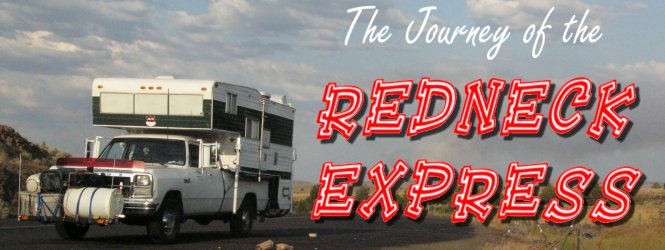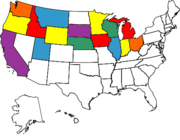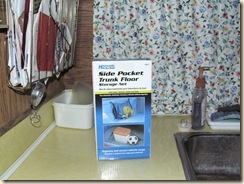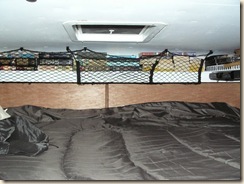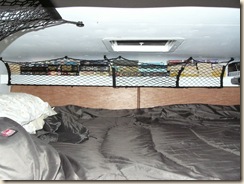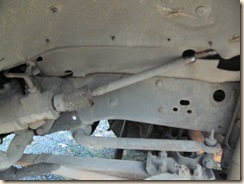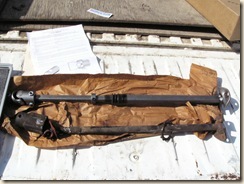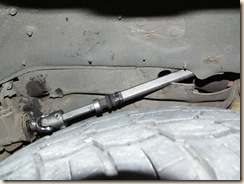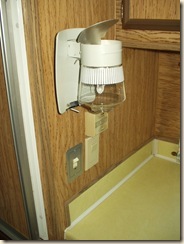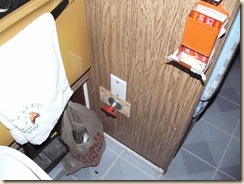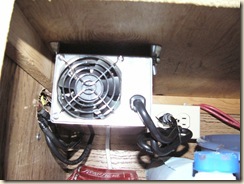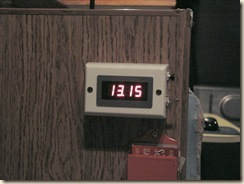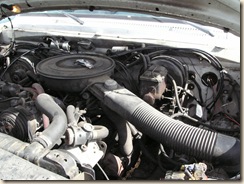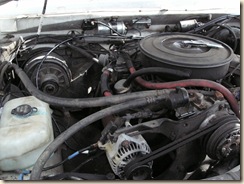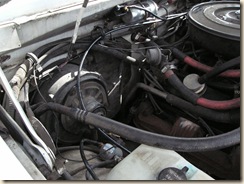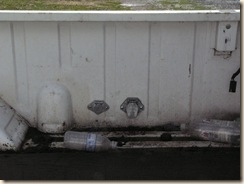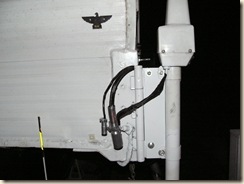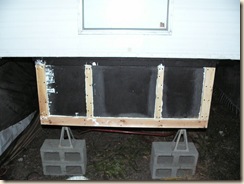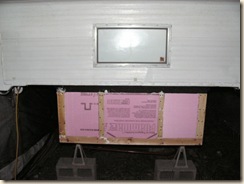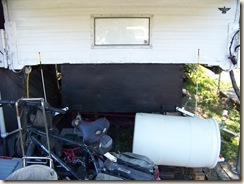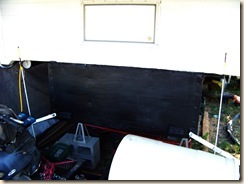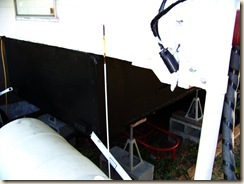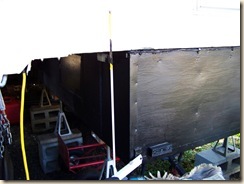Backlogged Project To-Do List:
1.) Charging System needs to be rewired (Again), converter relocated from under the kitchen sink to under the dinette, right next to the batteries (Something I should have done when I rewired the charging system back in 2009, but didn’t). Plus, a new Battery Disconnect needs to be installed, the original 75amp Pollack switch is falling apart.
Also, I need to incorporate my battery voltage meter center that I fashioned into the electrical system so I can actually watch my battery charge.
2.) The two Trojan SCS225 Deep cycles on the camper that I bought for a steal back in 2006 also need replacing, they no longer hold a good charge anymore, odds are one of the batteries is shorted.
3.) New Camper plugs need to be installed, replacing the under-rated RV 7 pin hook up with a 100amp Lift-gate plug for the charging wires and a separate 4-pin round plug for the running lights. Charge wiring coming from the alternator needs to be fully scrapped and replaced with a good 4 gauge run instead of the under-rated 8 gauge system I put in back in 2006.
4.) Front of the Camper’s tub needs to have a bolstering frame built onto it, it has always flexed and moved too much whenever the camper has been lifted for loading and unloading.
5.) The 3 year old Shurflo Extreme Smart Sensor 4.0 water pump needs to be replaced (fortunately, Shurflo replaced this as a “Good Will” warranty exchange, since I bought the pump in ‘09, but it was manufactured in 2007) as it has started leaking water around the body and is pushing pressure back towards the tank.
6.) Replace the broken down intermediate steering linkage on the truck to tighten up the steering for improved handling.
This particular project isn’t one of the main must-be-dones on the list, but a very useful little side project that I’ve been wanting to do for a number of years now, but hadn’t found another good source for smaller. but similar cargo nets.
Back in 2008, when I first started full-timing, I began acquiring a large number of books to read. At the time, I didn’t have TV in the camper (or a laptop), so reading was my main source of entertainment.
The problem was, as I acquired books, I filled up the cabover shelf, which has no means of really securing anything placed on it for travel.
For a few trips that summer, I went as is, and the books would eventually all fall off the shelf, which got a little old.
So, my first fix was to buy the biggest Boat-N-Go bulkhead cargo net I could find. This worked for the most part for a number of years, but the books on the ends usually tried to slip out and I have a roughly foot long gap at one end where the Boat-N-Go net came up short.
The problem was, the Boat-n-Go nets only came in two sizes, both too big to use for overlap without it being both A.) A waste of money, the Boat-N-Go nets costs over $30 before shipping B.) silly looking.
I tried a little looking around and asking on forums, but really didn’t find anything.
A random search one day at work, however, turned up CargoGear.com, who specializes in nothing but cargo securing devices for autos, RVs, and boats.
On there, I found this:
For $18 (+3$ for shipping) I found a similarly sized, height-wise, but narrower cargo net to use for an overlap.
A little relocation of a couple of the anchor points from the old cargo net, and I now have all of my books secured on the cabover shelf.
As you can see I also have videos up there, but those I don’t worry about as I have a little piece of cardboard I cut to fit that slides in front of them and keeps them from falling off the shelf while underway.
